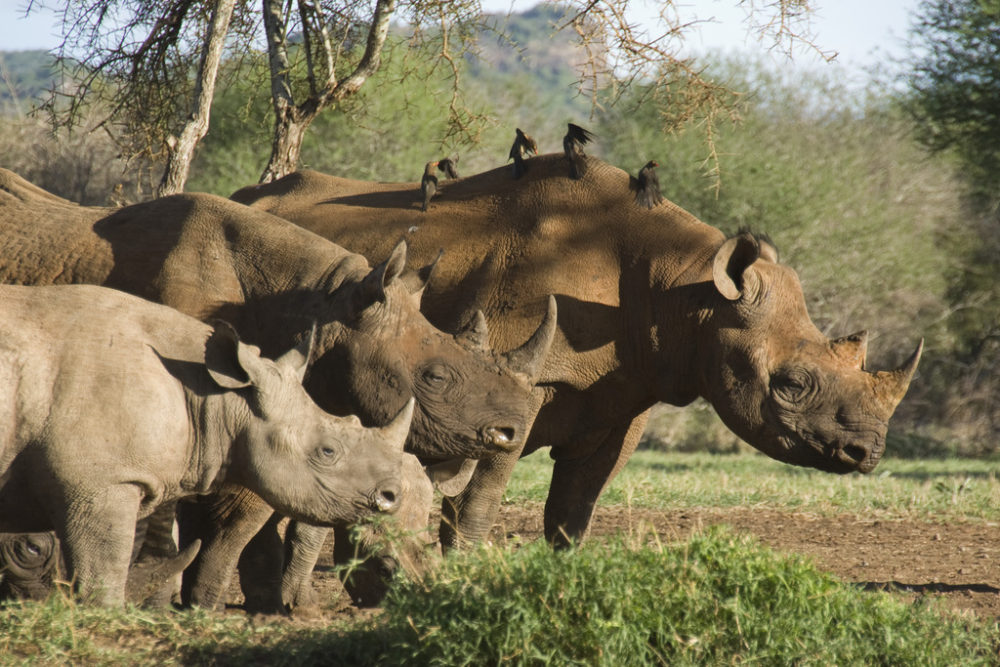Understanding the Lifespan of the African Rhino: Insights into a Magnificent Species
The Lifespan of the African Rhino. African rhinoceroses, known for their robust build and iconic horns, are among the most fascinating and endangered species on our planet; Comprising two species—the black rhinoceros (Diceros bicornis) and the white rhinoceros (Ceratotherium simum)—these magnificent creatures have captivated both researchers and conservationists for decades. One aspect that draws significant interest is their lifespan, a critical factor in understanding their life cycle and conservation requirements.
Diverse Species, Different Longevities:
Black Rhinoceros (Diceros bicornis).
The black rhinoceros, smaller in size compared to its white counterpart, typically lives between 35 to 50 years in the wild. However, under human care, these rhinos have been known to live even longer, sometimes reaching their late 50s or early 60s; Sadly, due to relentless poaching activities, habitat loss, and other threats, their lifespans have been drastically affected, shortening their time on Earth.
White Rhinoceros (Ceratotherium simum).
In contrast, the white rhinoceros boasts a longer lifespan, averaging between 40 to 50 years in their natural habitat. Similar to black rhinos, those in protected environments or under human care often surpass this average lifespan, living well into their 50s or 60s.
Factors Influencing Lifespan:
Several factors influence the lifespan of African rhinoceroses:
Threats and Conservation Efforts: Poaching remains the primary threat to the survival of rhinos. The illegal trade in rhino horns, falsely believed to possess medicinal properties, has decimated populations. Conservation initiatives and anti-poaching efforts are critical in extending their lifespans by safeguarding these animals from harm.
Habitat Loss and Fragmentation: Loss of habitat due to human activities, including deforestation and agricultural expansion, significantly impacts rhinoceros populations. Fragmented habitats reduce their access to resources, increasing stress and vulnerability to diseases, ultimately affecting their lifespan.
Captivity vs. Wild Environments: Rhinoceroses living in captivity often receive better healthcare, nutrition, and protection, leading to longer lifespans compared to their wild counterparts. Zoos, wildlife sanctuaries, and conservation centers play a vital role in extending the lives of these endangered creatures.
The Role of Conservation and Research:
Efforts to protect African rhinos involve a multidisciplinary approach. Research focusing on understanding their biology, behavior, and health is crucial for implementing effective conservation strategies. Initiatives like breeding programs, habitat preservation, and community engagement are imperative to ensure a sustainable future for these majestic animals.
Conclusion/ Remarks – The Lifespan of the African Rhino
The lifespan of African rhinoceroses is a critical aspect of their conservation. Understanding the factors influencing their longevity enables us to implement better strategies to protect and preserve these iconic creatures for generations to come. Through collective efforts and unwavering dedication, we can aspire to secure a future where these magnificent animals thrive in their natural habitats, free from the looming threats endangering their existence.








